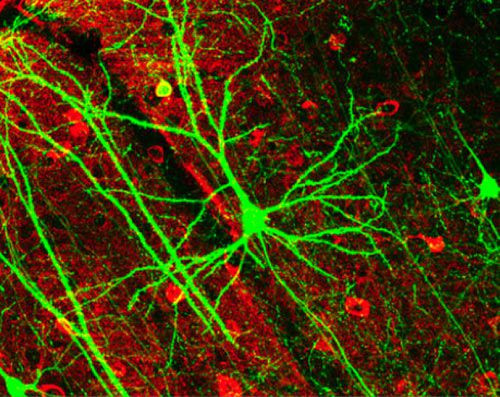Artificial neurons replace nerves in the human brain
Swedish scientists have successfully developed an artificial neuron capable of transmitting nerve impulses similar to neurons in the human brain, opening up a new direction for treating neurological disorders.
 |
| Neurons are one of hundreds of types of cells in the human body. (Photo: Wikipedia) |
Nerve cells (neurons) have a very sophisticated structure to transmit nerve impulses. By using neurotransmitters available in the cell, the amount of information that these neurons transmit is estimated to be up to 1,000 billion bits per second.
When suffering from neurological disorders, the patient's neurons cannot transmit information normally. To deal with this type of disease, scientists often use electrical impulses or some drugs to ensure the transmission of nerve impulses. However, these two methods are only relatively effective in a few cases.
For artificial neurons, the way they work is the same as normal neurons. When there is a chemical signal, it receives it, converts it into a nerve impulse and transmits it to other neurons, at the same time secreting neurotransmitters.
To test the artificial neuron's capabilities, the team placed one end of the neuron prototype in a substance similar to the neurotransmitter that neurons can receive. They then checked how many chemical signals were generated at the other end of the neuron by using a monitor that monitored the changes in electrochemical pulses inside the artificial neuron.
The team hopes that the artificial neuron will overcome the disorder or impairment of nerve signal transmission caused by disease or injury. Currently, the size of the artificial neuron is still quite large, about the length of a fingertip and made from an organic polymer with the ability to conduct electricity biologically.
| Structural diagram of an artificial neuron. (Photo: Popsci) |
In the future, researchers will continue to work to reduce the size of artificial neurons to the point where they can be implanted into the human brain. This promises to make the treatment of neurological diseases more effective and easier.
According to khoahoc.tv

.png)






